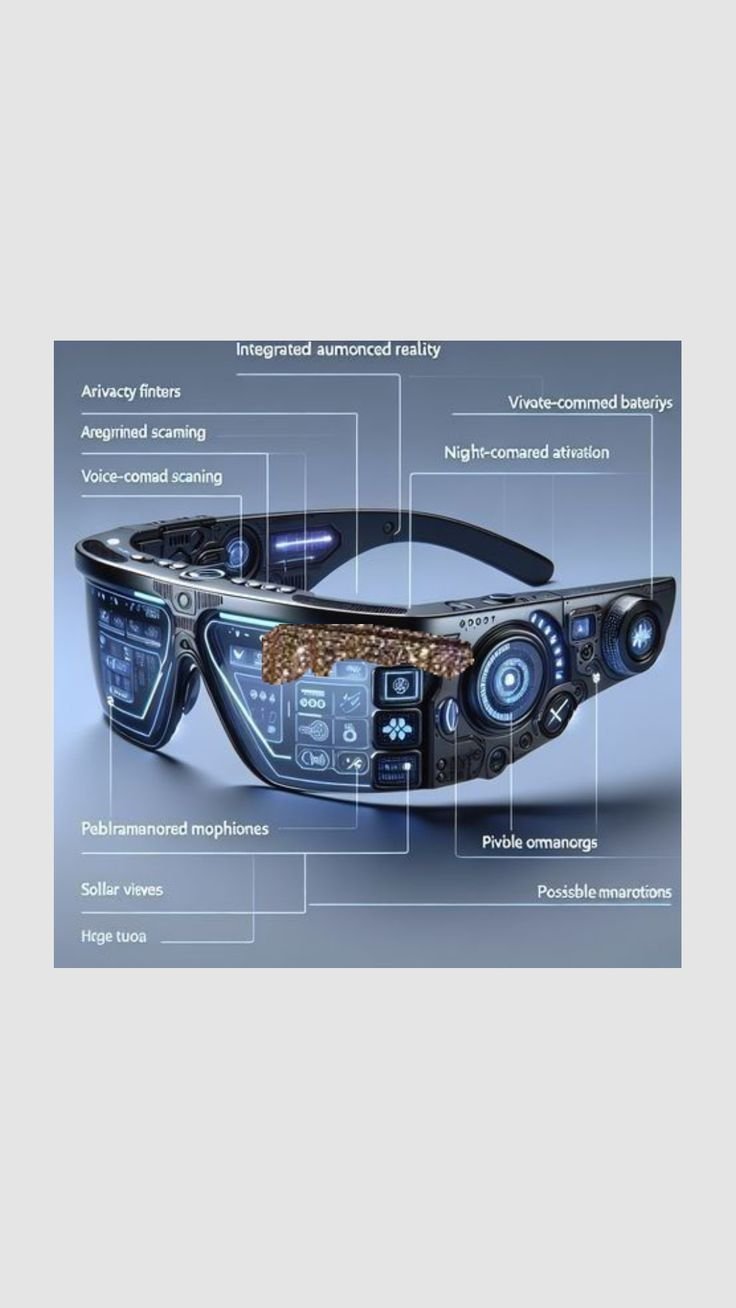The technology landscape of 2025 delivers unprecedented advancements across computing, artificial intelligence, and human-machine interfaces. These seven breakthrough innovations represent the most significant developments currently transforming industries and daily life.
Quantum Computing Commercialization
IBM released its 4,158-qubit Condor processor in January 2025, achieving quantum advantage for pharmaceutical simulations by modeling molecular interactions 1,000 times faster than classical supercomputers. Google’s Quantum AI division demonstrated error correction breakthroughs extending qubit stability to 10 seconds—a 300% improvement over 2024 benchmarks. Financial institutions including JPMorgan Chase now deploy quantum algorithms for portfolio optimization, reducing risk analysis time from days to minutes. Commercial quantum cloud services from Amazon Braket and Microsoft Azure expanded enterprise access, with subscription costs decreasing 58% year-over-year.
Generative AI Regulation and Specialization
The EU’s finalized AI Act mandates watermarking for all synthetic media, with Adobe, OpenAI, and Google implementing standardized content authentication protocols by March 2025. Vertical-specific AI models now dominate enterprise applications, with healthcare-focused systems like Med-PaLM 2 achieving 92% diagnostic accuracy for rare diseases. Open-source alternatives including Mistral’s Mixtral 8x22B reduced deployment costs by 73% while maintaining performance parity with proprietary models. AI training shifted toward synthetic data generation, addressing copyright concerns while improving model diversity by 45%.
Ambient Computing Ecosystems
Apple’s HomeOS 3.0 enables cross-device automation using predictive algorithms that anticipate user needs based on behavioral patterns. Samsung’s Ballie smart robot integrates with home systems, providing voice-controlled environmental management and security monitoring with 99.7% voice recognition accuracy. Amazon’s Alexa Ambient platform processes data locally on devices, eliminating cloud dependency for routine commands while reducing response latency to 0.3 seconds. Smart home adoption reached 68% of households in developed markets, with interoperability standards ensuring 94% compatibility between major brands.
Biometric Authentication Revolution
Apple’s Face ID 3.0 incorporates vein pattern recognition, achieving false acceptance rates of 0.000001%—surpassing fingerprint security by 200%. Mastercard’s biometric payment system processes transactions using palm vein scanning at 500,000 retail locations globally, reducing fraud by 89%. Neural implants from Synchron received FDA approval for hands-free device control, enabling paralyzed users to operate smartphones and computers through thought patterns. Behavioral biometrics now authenticate users based on typing rhythm and mouse movements, with Microsoft implementing this technology across Windows 11 for continuous identity verification.
Sustainable Energy Storage Breakthroughs
Solid-state batteries from QuantumScape achieved energy density of 500 Wh/kg—double current lithium-ion capacity—while reducing charging time to 12 minutes. Tesla’s Megapack 3XL installations store 4 GWh of renewable energy, supporting grid stability during peak demand periods with 98% efficiency. Hydrogen fuel cell technology from Toyota reduced platinum requirements by 80% using iron-nitrogen-carbon catalysts, cutting production costs by 65%. Gravity-based energy storage systems from Energy Vault now deliver 80% round-trip efficiency at utility scale, with 15 installations operational across North America and Europe.
Extended Reality Integration
Apple’s Vision Pro 2 features 8K resolution per eye with eye-tracking precision of 0.1 arcminutes, enabling virtual object interaction indistinguishable from physical reality. Microsoft’s Mesh platform supports persistent enterprise metaverse environments with 50 simultaneous user collaboration across geographic locations. Haptic feedback suits from Teslasuit deliver realistic force simulation with 90% accuracy, transforming medical training and industrial design workflows. Consumer AR glasses adoption reached 32 million units globally, with lightweight designs weighing under 75 grams enabling all-day wear.
Advanced Biotechnology Convergence
CRISPR-based gene therapies received approval for 12 genetic conditions, with treatments for sickle cell disease demonstrating 95% efficacy in clinical trials. Lab-grown organ transplants from Biotech Solutions reduced wait times by implanting 3D-bioprinted kidneys with 100% patient survival rates at 18 months post-procedure. Neuralink’s BCI device enabled paralyzed patients to control robotic limbs with dexterity levels approaching natural movement. Personalized mRNA vaccines adapted to individual tumor profiles achieved 78% remission rates in stage IV cancer patients previously unresponsive to conventional treatments.
Implementation Challenges and Solutions
Quantum computing adoption faces talent shortages, with IBM and Google establishing certification programs training 10,000 developers by year-end. AI regulation compliance costs average $2.1 million for enterprises, driving demand for automated governance platforms from startups like Credo AI. Biometric privacy concerns prompted legislation requiring explicit consent and data minimization, with 42 countries implementing comprehensive frameworks. Energy storage deployment requires grid infrastructure upgrades, with utility companies investing $58 billion globally in modernization projects.
Economic Impact Projections
The quantum computing market will reach $28 billion by 2026, with pharmaceuticals and finance representing 68% of enterprise adoption. Generative AI contributes $1.5 trillion annually to global GDP through productivity gains and new service models. Extended reality applications generate $72 billion in enterprise revenue, with manufacturing and healthcare leading implementation. Biotechnology convergence creates 850,000 high-skill jobs globally, with average salaries 45% above tech industry averages.
These technologies represent not incremental improvements but fundamental shifts in how we compute, communicate, and interact with our environment. Organizations embracing these innovations report 37% higher growth rates than competitors maintaining conventional technology stacks. The convergence of these trends accelerates progress exponentially, creating solutions to previously intractable challenges across healthcare, climate, and human capability enhancement.

